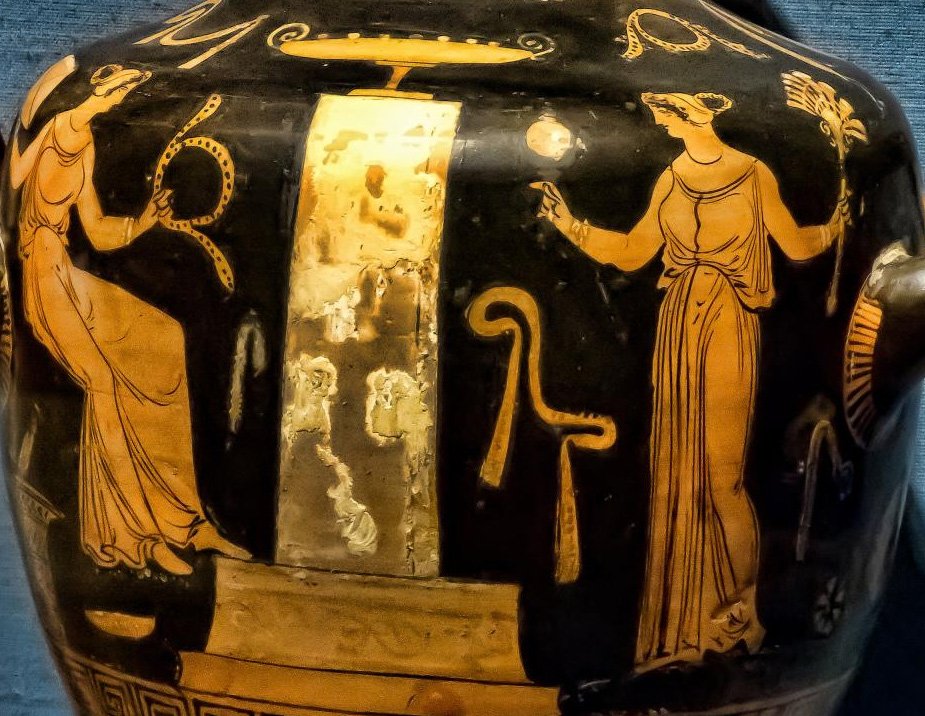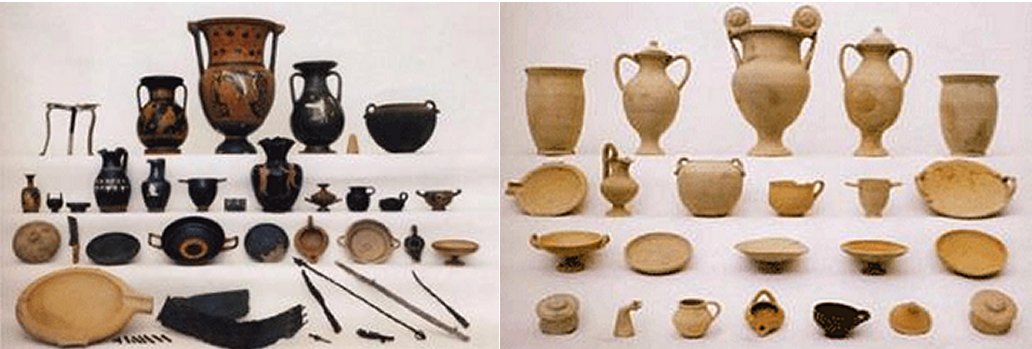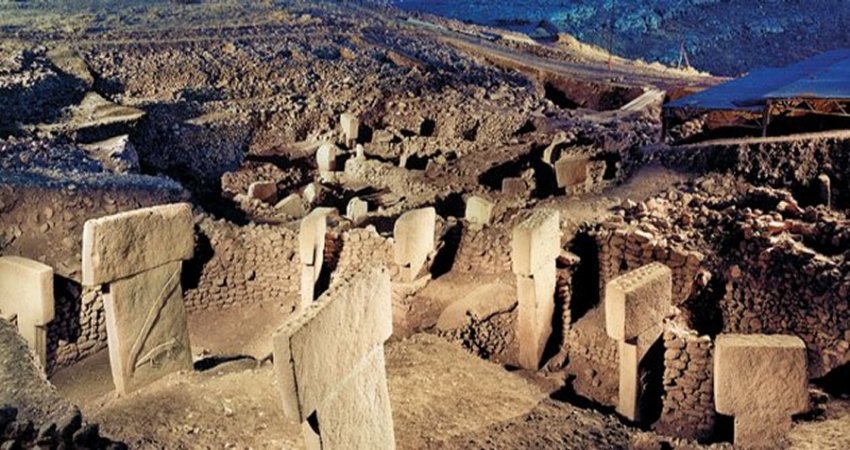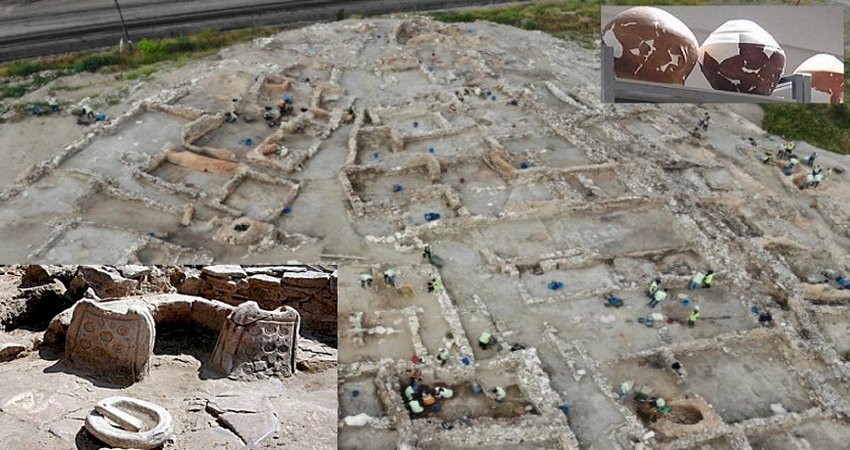Apulian Secrets: Ancient Burial Rituals Shed Light On A Culture That Left No Written History
MessageToEagle.com – A study of the ancient burial practices from the Central Apulian region in pre-Roman Italy sheds light on economic and social mobility, military service and even drinking customs in a culture that left no written history.
By focusing on the logistics of burials, treatment of deceased bodies and grave contents dating from about 525-200 BC, a researcher from the University of Cincinnati, Bice Peruzzi, found indication of strong social stratification and hierarchy.

“After going through volumes of collected material, I realized that there was so much more that could be said about what was happening in the development of this particular culture,” says Peruzzi.
“In spite of having no written history, I was able to distinguish three different periods and then connect them to the larger Mediterranean history to see how their society changed.”
She also found indications of the commonality of military service since men’s tombs of the era routinely contained metal weaponry lying across or near the skeletal remains.
Among the Apulian tomb contents from the earliest period (525-350 BC), Peruzzi discovered valuable Greek artifacts and vases covered with detailed imagery that focused on women engaged in everyday activities such as courting, processions and wine offerings, which opened interesting questions about the role of women in those communities.

Other tomb contents ranged from wine cups and feasting sets to metal weaponry among the male tombs.
According to Peruzzi, the objects were chosen intentionally and purposefully placed during funerary rituals to project a personal message about the deceased’s role in the community.
Peruzzi also found remarkable evidence for tomb reuse.Several tombs had been reopened showing older bones and artifacts pushed to the side to make way for a newer body and its contents, possibly creating a link between the present funeral and the memory of the past one.
During the period between (350-300 BC), burial ceremony continued to focus around themes of banquet, war and women. But the increase in the number of tombs by this time strongly indicated that newer social groups were gaining access to this banquet-type funeral.
“In this period we also find occasional assemblages containing very large vases with sophisticated iconographies that portray Greek tragedies,” says Peruzzi.
“Scholars attribute this shift in taste to Greek influence, in particular the fascination with the military victories of Alexander the Great.
During the period from 300-200 BC, it was a shift from large numbers of individual tombs to larger chamber tombs — often containing whole families — with a new emphasis on elaborate funerary architecture around the tombs.
Instead, grave goods now contained bottomless, undecorated ceramics were created simply to be symbolic of the older communal feasting. And metal weaponry was now replaced by a small number of fibulae, hairpins and other personal ornaments.
With new defensive walls now surrounding larger communities and more sophisticated governmental systems developing, Peruzzi found the new class of elites shifting away from elaborate burial ceremonies to using different arenas to negotiate their status.
“By looking at artifacts in their archaeological and social context, I was able to illustrate changes never before recognized,” says Peruzzi.
” From the emergence of new social groups at the end of the 6th century B.C. to the gradual urbanization and separation of “ethnic” groups during the 3rd century B.C., the evolution of funerary practices can be successfully used to highlight major transformations in the social organization of Central Apulia communities.”
Research was presented at the 2016 Archaeological Institute of America/Society for Classical Studies Annual Meeting in San Francisco.
MessageToEagle.com










